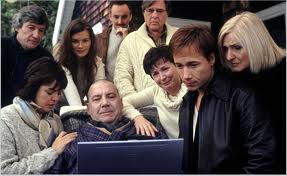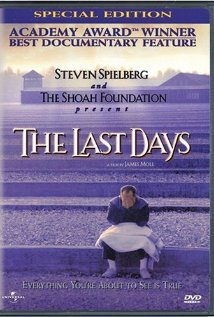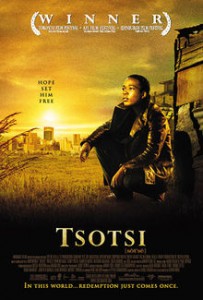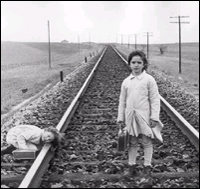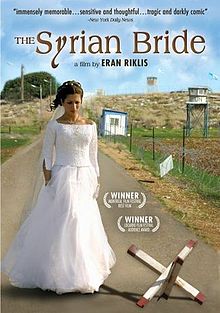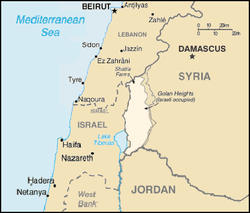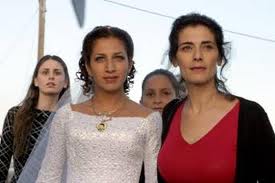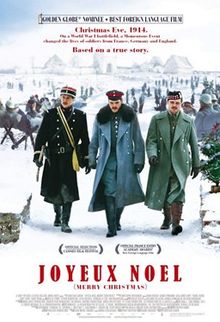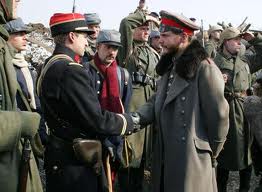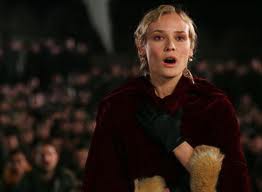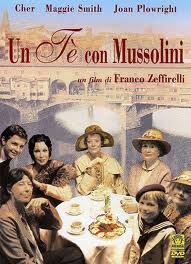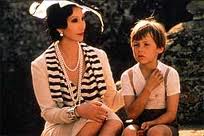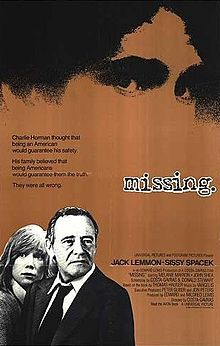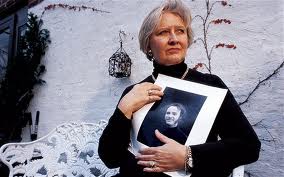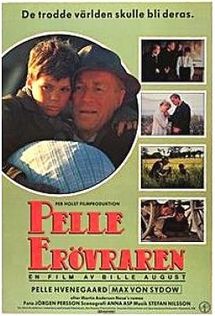 This movie is not the story of Pelé, the renowned former Brazilian soccer player. Martin Andersen Nexø, a communist and proletarian author from Denmark, wrote the original Pelle Eroberen (Pelle the Conqueror), which was published in four parts between 1906 and 1910, and these books were adapted into a movie in 1987.
This movie is not the story of Pelé, the renowned former Brazilian soccer player. Martin Andersen Nexø, a communist and proletarian author from Denmark, wrote the original Pelle Eroberen (Pelle the Conqueror), which was published in four parts between 1906 and 1910, and these books were adapted into a movie in 1987.
The boy Pelle and his father leave their homeland Sweden, and immigrate to Bornholm—a Danish island just a stone’s throw away from Sweden; they find work on a big farm taking care of cows while living in the farm’s barn along with the cows. Life there is incredibly harsh; the movie is filled with a persistent feeling of hopelessness from the beginning to the end, and the characters face failures one after another, as soon as any form of hope begins to sprout. Then at the very end, the movie finishes with Pelle leaving behind his father—who had given up hope for life—as he sets forth into a new world alone and at last breaks free from the farm. The movie continuously shows images of cold wind and the frozen ocean for two and a half hours, so I think many people may have a chilly feeling after they finish watching this movie. This movie makes me wonder how this boy—who doesn’t have any money in this foreign country, has no family or friends, and, if things don’t go well, could freeze overnight in this cold country—could survive. The title of Pelle “the Conqueror” seems ironic.
In my head, I thought, “Because it has a serious theme, it will be a good movie,”; the thrilling development and beautiful cinematography compelled me through two and a half hours, and I was made to think, “Since it won several awards such as the Academy Award for Best Foreign Language Film and the highest prize at Cannes, surely it’ll be a masterpiece.” But if someone were to look me straight in the eye and ask, “Did you really like this movie? Were you truly emotionally moved by it?” my answer about this movie would be, “Truthfully, I didn’t like this movie that much.”
Briefly what is wrong is the stereotypical and inconsistent way of depicting the characters. Regarding the stereotypes, you can compare this movie to Heneke’s The White Ribbon, which depicts the life of farmers during the same period. In Pelle the Conqueror, everything bad that happens to the farmers is due to the mid-level manager in charge of the farm. This manager gives his employees barely enough to eat, and he mentally and physically abuses his employees. This farm manager is like the devil, and the farm owner just gallivants around. Anyhow, the ruling class is depicted uniformly ugly and cruel. By contrast, when you watch The White Ribbon, the landowner isn’t exactly considerate towards the tenant farmers, but he makes every effort to improve the productivity of his farm, and is sure to keep his tenant farmers healthy and productive. Although the tenant farmers feel bitter about the difference in social status, they know it is the landowner who gave them their jobs and feeds their family, so they can respect the owner even if they don’t like him; in addition, the workers’ futures are insecure if their landlord were to disappear. So to speak, they have a symbiotic relationship. Also, The White Ribbon doesn’t depict the tenant farmers as being pure and innocent. Pelle the Conqueror claims that all of the ruling class is evil while the laborers are always the victim, and everything depicted in this movie is based on the theory of class struggle—inheriting the belief of the author Martin Anderson Nexø, who never doubted Marxism and communism until he died.
In terms of the inconsistent way of depicting the characters, the protagonist Pelle is a diligent, good boy, and he is liked well enough by the adults on the farm, but Pelle tells a boy who is poorer than him, “I’ll give you money if you let me whip you,” and then Pelle severely whips the boy until Pelle is bored and not interested in whipping anymore; there may be viewers who are sickened by watching this. The poorer child doesn’t have much going for him, but he is kind and, in one way, has skills to survive, as seen by how he teaches Pelle how to take care of the cows. At some point, this boy changes to being depicted as mentally retarded. Also, the bullying between the children is horrific. I have watched a fair number of Northern European movies, and surprisingly many of them include scenes of children bullying each other. Of course, bullying among children may exist in any time or place. However, why is it necessary to push bullying up to the front when making a movie like this? In addition, this movie shows the filthiness of the living conditions of the farm workers for two and a half hours, and this further depresses the viewers. Pelle and his father excrete their feces in the cow barn, and then sleep in a nearby stall at night. They don’t change their clothes much except into their one good suit for church, and always wear the same clothes that they don’t wash. I’m surprised they don’t also suffer from an epidemic or infectious disease. I wonder if they are particularly abused because they are immigrants.
Pelle is favored by the farmer’s wife and is selected for the position of being trained as the manager. The audience feels relieved that Pelle and his father can at last be happy, but Pelle, after hearing his father’s words—“You are finally given easy work here. You work with just words, and only have to say what to do. We are blessed,”—decides to not accept the position and runs away from the farm. In other words, the message that seems to be implied is, “By not joining and instead deciding to fight the ugly, exploiting ruling class, Pelle is the true meaning of a conqueror and a winner.” There is no message to improve your life, step-by-step, by completing your job diligently, even though it is hard. Even if the misery depicted was the reality of those times, what is the value in modern times of making this movie that is about class struggle? By 1987, Denmark and Sweden had already achieved a model welfare nation.
Perhaps the meaning of the word “conqueror” comes from the words that Erik, a coworker at the farm who loved Pelle, always said: “First, immigrate to America; then conquer the world.” Following the Industrial Revolution that happened from the 18th century until the 19th century, a series of advancements in agricultural technology occurred across Western Europe, the monetary economy spread, and big changes were happening in the European social structure. Most farmers that were operating independently to support themselves fell from being an independent farmer to being a low-wage worker. The difference between the rich and the poor became more and more severe, and Irishmen, Germans, Scandinavians, and Italians steadily immigrated to the new land of America. The reason for immigration may have differed slightly—people from France and Germany immigrated because of political persecution, while Russian Jews immigrated because of religious persecution—but all people immigrated to a new land in search for possibilities that were not available in constrictive Europe.
Perhaps life for Pelle after leaping from the island could be similar to Titanic’s Jack Dawson (played by Leonardo DiCaprio), who is similarly a fictional character of around the same age living during the same time. Jack Dawson was around 20 years old in 1912, dreamed of flourishing in America, and embarked on the Titanic. He wins a poker game of tough bidding against two Swedes who dreamed of immigrating to America, and gets a free boarding pass ticket for the Titanic.

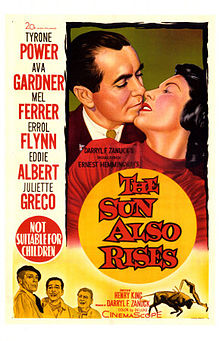
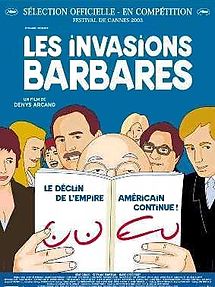 Director Denys Arcand, who made
Director Denys Arcand, who made 